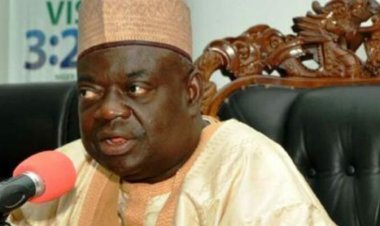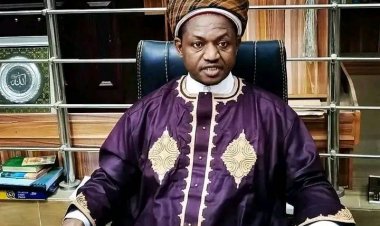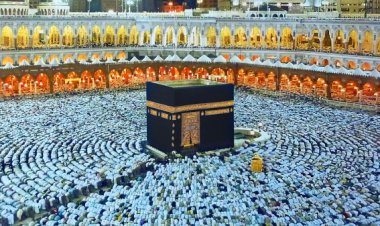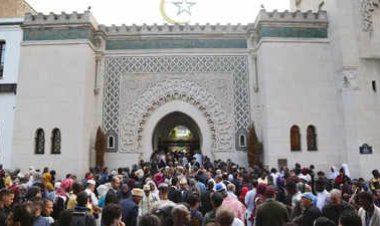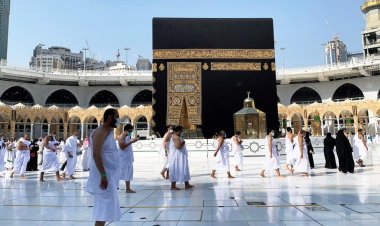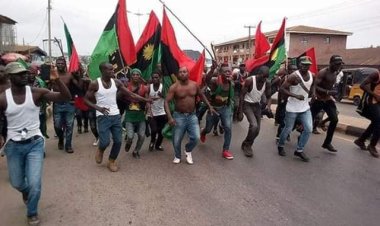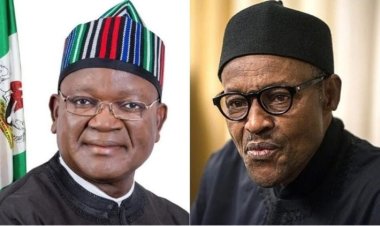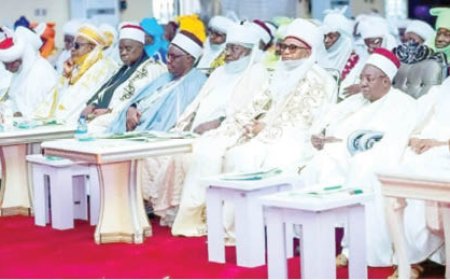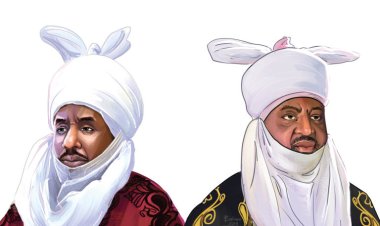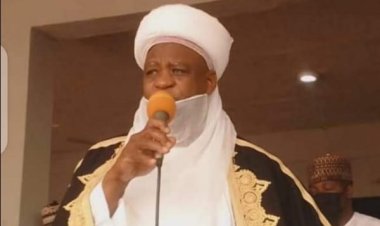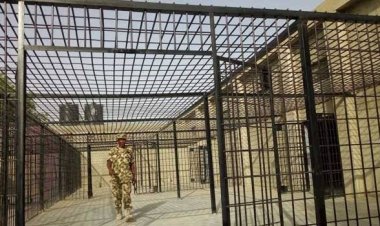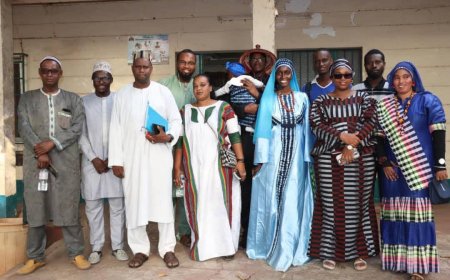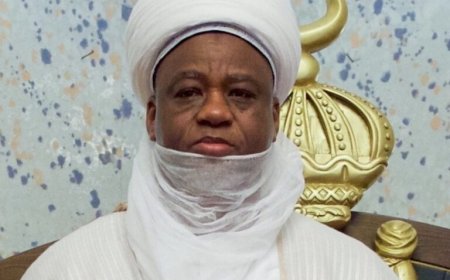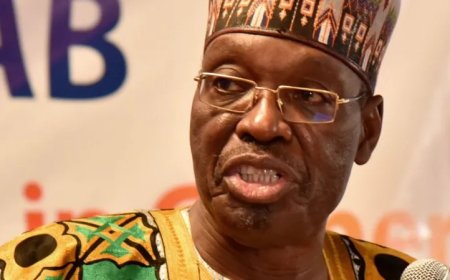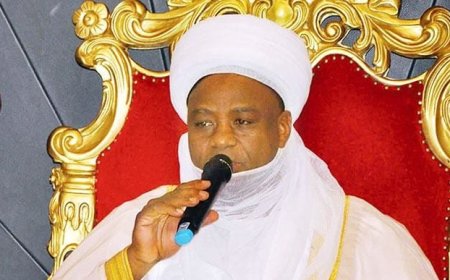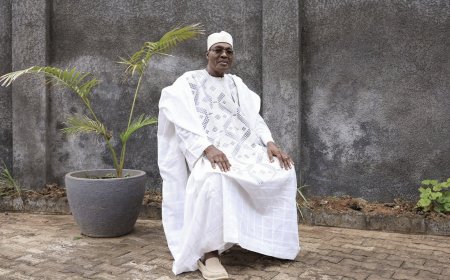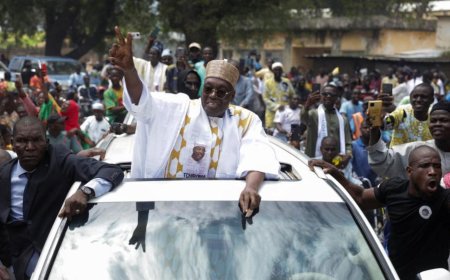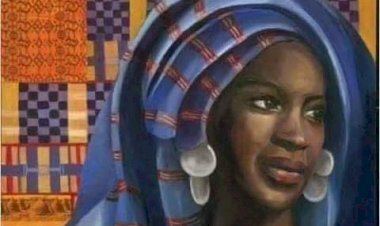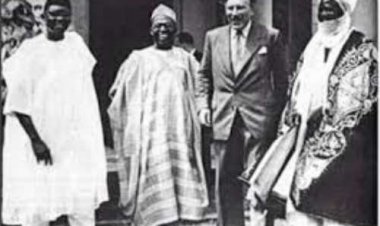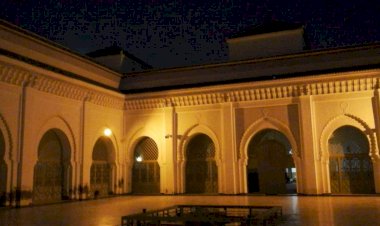Interface at the fringes. The clash between Fulanistan and Arabistan. Fullattitude and Narification in the Senegal river basin. Hal Poulaar ak Naar Ganaar!
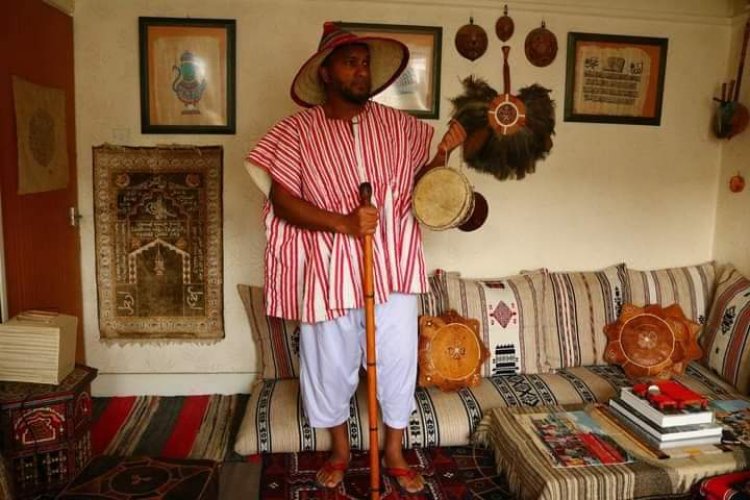
By Danjuma Bihari
The people of the Fouta Tooro region, which straddles both banks of the Senegal river, have been referred to as the Tukulor or the Futanke' at different times throughout their history. They call themselves Poulaar, which is also what they call their language, the westernmost branch of Fulfulde, the generic name for the language of the FulBe’ or Fulani people. Famous among them for celebrating their regional brand of ‘pulaaku’ or 'fulanitude' is the artiste, Baba Maal, from Podor, who sings almost exclusively in Poulaar, although sometimes he does sing in Wolof, the lingua franca of Senegal.
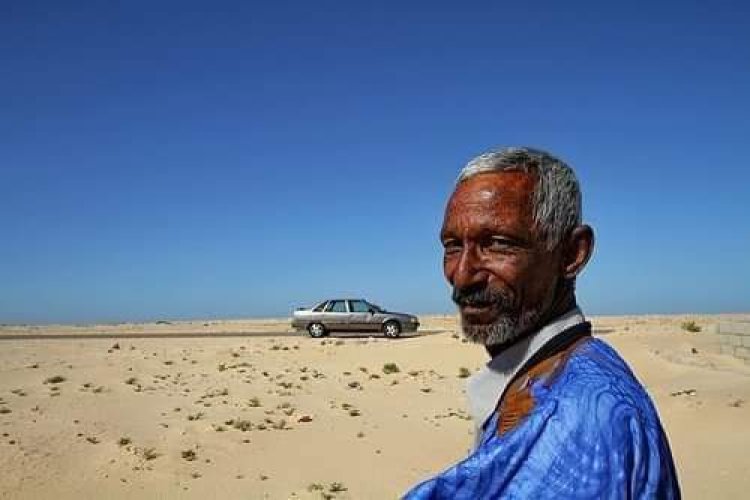
Curiously enough, despite Wolof being the language most widely spoken in Senegal, if the numbers of the Tukulor were added to those of the Mbororo, RorooBe' or Gaynaako ‘red’ Fulani, the cattle-keeping nomads of the outback, both of the Gambia and Senegal, the single largest linguistic grouping in Senegal would turn out to be those who speak Poulaar-Fulfulde as their mother tongue. Perhaps it is more accurate to say that Wolof is a prestige language in the Senegambian sub-region.
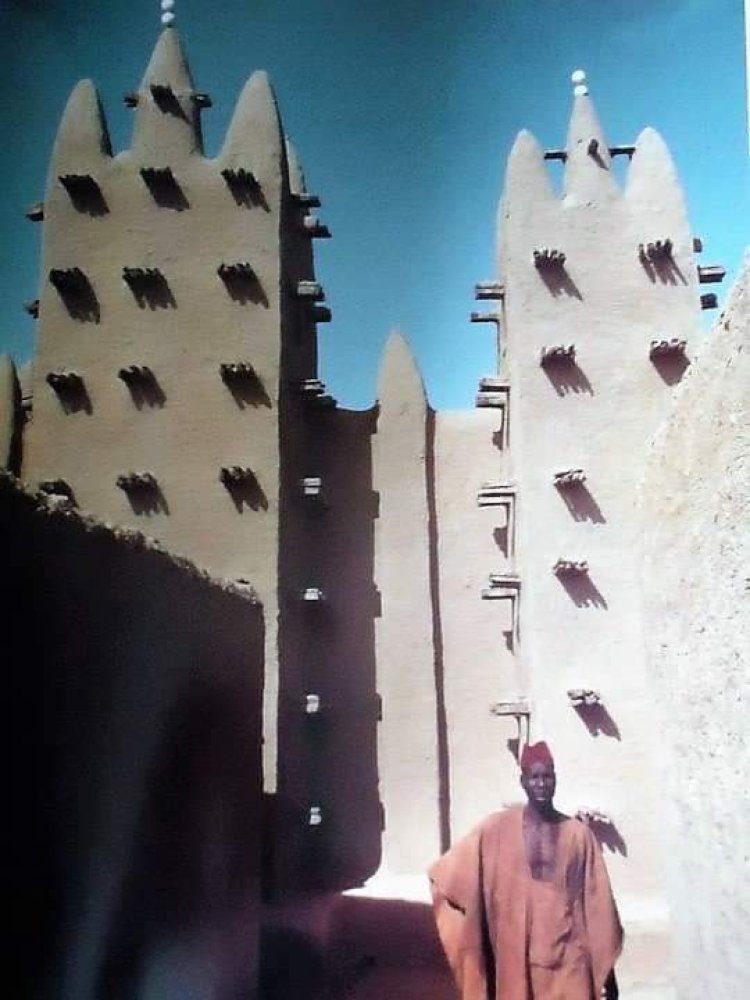
The name Halpoulaar (The plural in Hassaniya Arabic is Halpoulaareen) became affixed to the Tukulor with the arrival of the Bani Ma'qil Arab nomadic tribe into the Sahara south of Morocco, between the fifteenth and the seventeenth centuries. One branch, Bani Hasan, invaded central and southern Mauritania where they overpowered the Berber-speaking Znaga, reducing them to vassalage which included appropriating their Black slaves, the Haratiin. Hassani Arabic became the dominant language in Mauritania as Bani Hassan moved further south towards the banks of the Senegal river, by which time the race-mixing between Arab overlord and the subjugated Berber had become almost complete. The Berber-speaking Znaga who resisted Arab domination fled eastwards towards the wastes of the central Sahara, where they joined their Tuareg cousins, whose matrilineal customs and Tamachek language were similar. The merger with those who remained produced the Moors/ Maures/Mauri, many of whose customs and traditions, owing their origin to the Znaga-Berber-Amazigh-Tuareg maternal side, were incorporated into mainstream Mauri or Hassani culture. The wearing of the white and blue d’raa or boubou, the sometimes use of the male face veil (the lithium of the Murabitun), the playing of musical instruments such as the ardin, the t’bol and the tidinit, accompanied by the curiously harsh vocal accompaniment in singing… all are elements of culture indigenous to the Sahara, the instruction of which Tuareg mothers are tasked with teaching to their children. The admirable consequence of this sedulous instruction on the part of Tuareg women is that their culture has persisted ; despite Arabian domination and the loss of the desert Berber language, many terms have survived, such as Koriteh for Eid ul Fitr and Tabaski for Eid ul Adha.

The intermingling of Bani Hassan men and Znaga women created a tiered society, which unlike the Hindu caste system which privileges the Brahmin or priest caste, has placed the warriors at the topmost level. The Hassanis were the warriors, whereas the warriors, called Ksatriya in Hinduism, were a caste beneath the Brahmins. In Mauritania, the subjugated Saharan Berbers constituted a scholarly or clerical class that occupied the rung beneath the Hassani warriors. At the bottom of the caste system were the Black Haratiin, a combination of the descendants of slaves who were captured in raids on settled communities as recently as in the post-colonial period; others were the descendants of the original oasis-dwelling Blacks of the desert, related to the Soninke’ of Ancient Ghana, and who were remnants of the original peoples that had been living in the Sahara at a wetter period in late prehistory when the land was green. Africoid in appearance, they were entirely maurised or hassanised in culture, speaking no other language but that of their overlords, having no knowledge of any culture other than that of the Maures. In most respects they thought, spoke and behaved like Maures, just as African Americans do today.
The Maures pushed on until they reached the banks of the Senegal river which forms a natural boundary separating the Sahel from the Sahara. Here they encountered the Wolof, the Serer and the Tukulor, the latter a branch of the Fulani and their fulanised tributaries. The Tukulor are said to be named after Tekrur, an ancient Muslim kingdom of theirs, arguably the first Islamic polity this far west in sub-Saharan Africa.
In their encounters, hagglings, altercations and skirmishes with the Hassani Maures, who, with typical Arabian hauteur, stolidly insisted on addressing the Tukulor in Hassani Arabic, the Tukulor would retort in exasperation, 'Hal Poulaar!', meaning ‘Speak in Poulaar’!
Eventually the Maures, now in possession of the region today called Mauritania, concluded that the phrase Hal Poulaar best described the Tukulor. Henceforth, whenever a census was conducted in Mauritania, the Tukulor ethnic group living on the Mauritanian bank of Fouta Tooro would officially be referred to as the Halpoulaareen, the Arabic pluralisation of the term Halpoulaar.
For their own part the Tukulor and other Black Africans south of Fouta Tooro referred to the Mauritanians by the name Naar Ganaar. This requires more than urban reportage for its etymology but it appears that its meaning became overlaid with later interpretations. Naar seems to be a generic term for the light-brown, desert-dwellers, whether Tuareg or Arab. A Senegalese, meeting a Turk in Germany for the first time, is likely to address him as ‘Naar’. On learning of his specific origins, he may later refer to him in the third person as ‘that Naar Turkiye’. There is the possibility that Naar may refer to the intense heat of the desert where the Maures live. Naar translates as fire in Arabic; by implication it can also mean hellfire. The slave raiding that settled Blacks suffered at the hands of the Maures may have led them to consider them hell raisers, if not the denizens of that blazing furnace that is the Sahara desert. Ganaar seems to refer to the south eastern region of Mauritania, today occupied by the Maures, but which in times past was the ancient Soninke’ empire of Wagadu, sometimes called after its ruler or Ghana. (Ganaar.)
The Tukulor themselves possess an ancient Islamic pedigree. At the western rim of the Muslim world, the origins of the Tukulor are shrouded in even greater mystery than the wider Fulani ethnic group itself. The Tukulor are discernibly darker than the prototype ‘red’ FulBe’; with their kinkier hair and the more negroid features, the Tukulor seem closer in appearance to the Serer and the Wolof than the nomadic cattle FulBe’ with whom they claim a common kinship. They do share their ‘surnames’, the big four or five that are characteristic of the FulBe’: Sow, Ka, Ba, Diallo and Barry. But in addition, the Tukulor also carry surnames which are unique to Fouta Tooro: Wann, Kann, Hann, Faal, Maal, Baal, Taal, and Saal. Also, Wadd, Niasse, Niane, Guisse’ and Agne’.
The mystery of the origins of the mainstream FulBe’ is not the chief focus here, except to locate the Tukulor in the wider context by stating that the FulBe' are known by a number of names, some of which reflect their neighbours' attempts to uncover their origins. The peoples of the Sudan refer to them as Fellata which also includes other Muslim West Africans that have travelled along the Hajj route and have settled in parts of the Sudan. This may include Gonja, Hausa and Kanuri in addition to the FulBe’. Fellata seems to have an Arabic origin. The non-Arabic-speaking peoples like the Kanuri who were highly literate in Arabic, tended to pronounce every letter when reading a text aloud. Reproducing parts grammatically in everyday speech, they would pronounce Fula as Fulata. Fula is the name by which the nomadic FulBe’ are called in Mali, the Gambia, the Casamance, Sierra Leone and parts of Guinea Conakry. In Fulfulde itself, the singular is Fulo or Pullo (the P& F sounds are interchangeable), while the plural is FulBe’. Fulani, the term most familiar to English-speakers, appears to be what the Hausa use but which may also have come from Arabic. The district commissioners in northern Nigeria may have adopted calling the FulBe’ ‘Fulani’ from the majority Hausa speaking population which the British may have incorporated into the English language as the generic term instead of FulBe’. In Arabic, the term Fulan is used in reference to someone unknown or whose name has been momentarily forgotten. ‘Ustaz Fulan.. ismu shinu…’, ie’ The gentleman, what’s name…?’ It found its way into Spanish with the Moors and carries the very same meaning, which, in my view, supports the probability of a common Arabian provenance. Senor Fulano in Spanish and Ustaz Fulan in Arabic both mean, Mr. So & So.. Mr. erm, What’s his name? Their unique physical appearance, at variance with their indigenous African customs, may have added to the mystery surrounding the origins of the FulBe’: ‘the Messrs, who are they again?’
With regard to the branch called the Tukulor, the savant Amadou Hampate’ Ba of Mali held with the view that the Tukulor are not ‘pure’ FulBe’, rather a congeries of ethnic groups united by their adherence to Islam, a common sedentary existence, marked more by farming and fishing than by herding, and the use of a common Fulfulde-based language and set of customs. The prevalence of the caste based system common to the Fulbe’ as well as the dominance of the language and surnames indicate either a history of domination by a minority of Fulani, or perhaps, there had been a much larger settlement of FulBe’, many of whom had returned to a life of nomadism, migrating towards Fouta Bondu and Fouta Djallon as the overgrazed grasses proved insufficient to support their herds along the banks of the Senegal river.

Since this subject is a bone of contention for educated Tukulor, it is best to reproduce in full the text by the great Hampate Ba from his book, ‘Amkoullel, L'Enfant Peul’. On page 23, Ba begins with an explanation of the term, Tukulor.
‘Toucouleur…Ce nom, qui n’a rien à voir avec une quelconque notion de couleur, derive du mot arabe ou berbere tekrour qui designait jadis tout le pays du Fouta Toro senegalais. Les Maures (de langue arabe) appelaient les habitants de ce pays tekarir (sing. tekrouri) Selon Maurice Delafosse, ce nom, deforme par la prononciation wolof en tokoror ou tokolor, devint, dans une ultime déformation phonétique française, toucouleur.
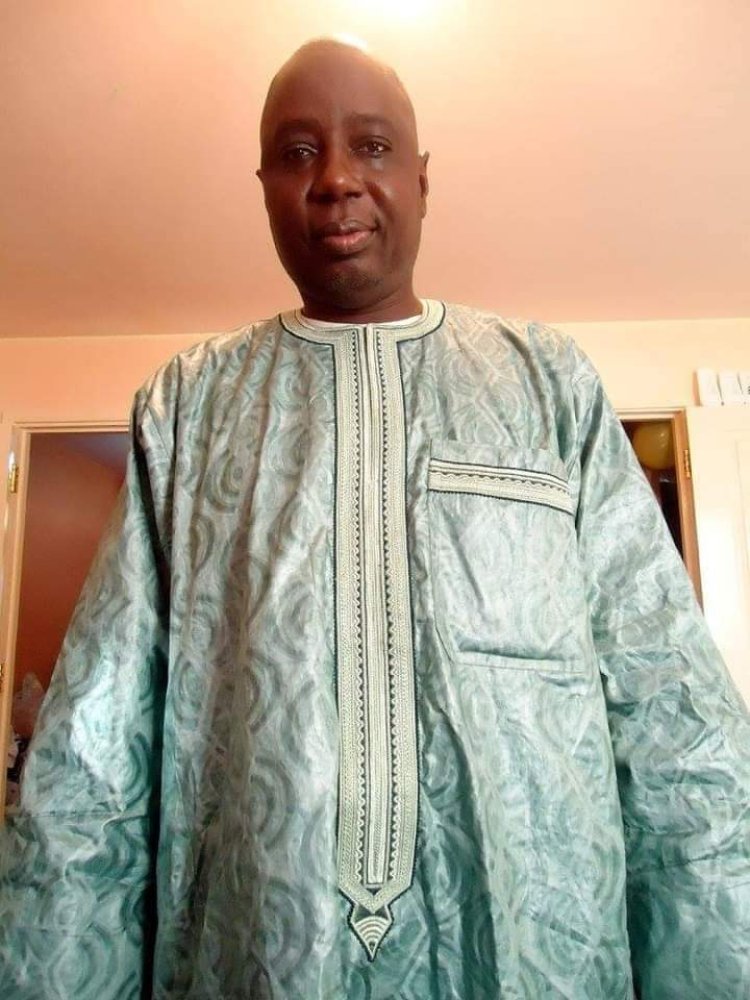
On page twenty four, Amadou Hampate Ba goes on to explain what separates the Tukulor from the Fulbe’ proper:
‘Au cours d'un processus historique lointain non élucidé, les habitants de ce pays, quoique d’ethnies différentes (sans doute à dominante peule depuis leur arrivée massive dans le Fouta Toro, mais aussi sérères, wolofs, soninkés, etc,) en virent tous à pratiquer la langue peule, laquelle devint pour eux un facteur d'unité linguistique, voire culturelle. Le ‘peuple toucouleur’ n’est donc pas une ethnie au sens exact du mot mais un ensemble d'ethnies soudées par l’usage de la même langue et, au fil du temps, plus ou moins mêlées par voie de mariages. Les Toucouleurs eux-mêmes, se désignent par le nom de halpoular: ‘ceux qui parlent le poular’ ( c'est-à-dire, le peul) . On les appelle aussi Foutanké: ceux de Fouta.’
He goes on to make the distinction between this settled, integrated branch and the mainstream, nomadic FulBe’:
‘Quant à la pure tradition peule, notamment religieuse et initiatique, elle s’est perpétuée chez les seuls Peuls pasteurs de ‘haute brousse’, c'est-à-dire vivant loin des villes et des villages.'

Of course during the wars waged against the Red FulBe’ of Hamdallahi, Macina, (in modern-day Mali) by the Black Tukulor from Fouta Tooro, during the invasion and jihad of Al Haj Omar Taal, there was intermingling between the more settled Tukulor branch, having recently arrived and who were referred to as Foutakeiri, ie, new Fouta, with the older pastoralist FulBe’ of Macina, who referred to themselves as ‘Foutakindi’, the old FulBe’.
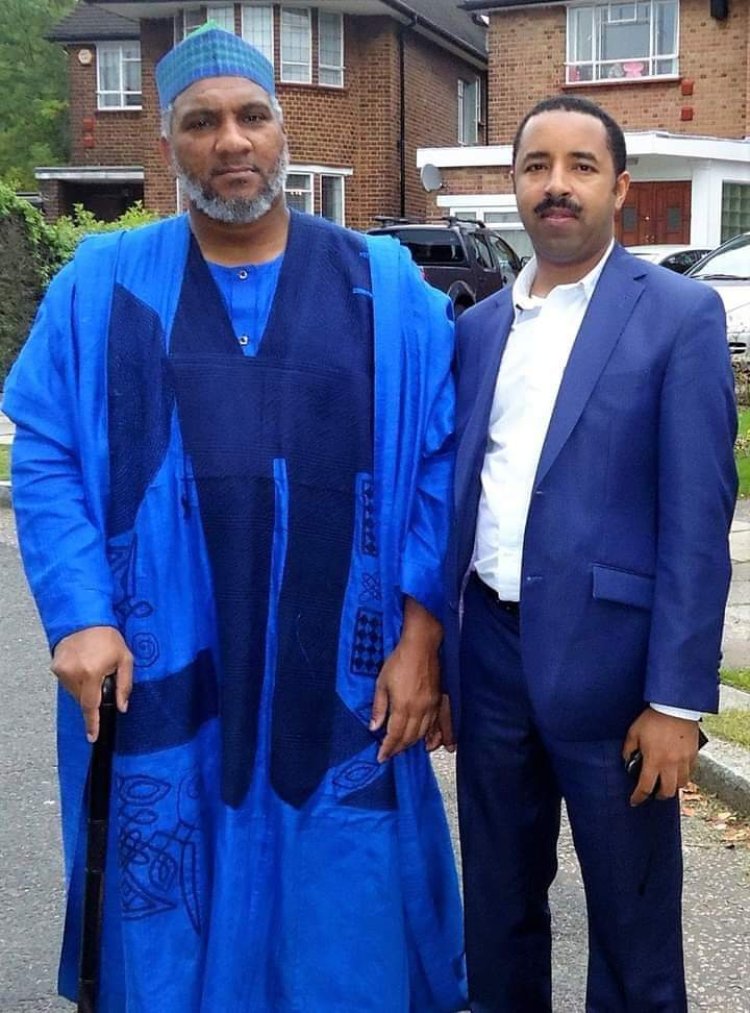
My conclusion is that the polity of Tekrur comprised many more ethnic groups than just the FulBe’ overlords. Just as in Adamawa, northern Cameroon, where FulBe’ remains the dominant language, over time race mixing may adulterate the racial composition of the ‘red’ FulBe’; while the Fulfulde language may remain, phenotype speaking the language may become indistinguishable from their Cameroonian neighbours. This, in effect, must have occurred in Fouta Tooro centuries ago. In Arewa, by contrast, the dominance of the Hausa language and resilient cultural traditions already rooted in Islam may have prevented what had taken place in Fouta Tooro. The curious irony is that while the Shehu was referred to as a Pullo by the Hausa, to the eagle eye of Amadou Hampate’ Ba, Uthman dan Fodio, whose forebears hailed from Fouta Tooro, would have been regarded as a Tukulor.
#randomdoodles







